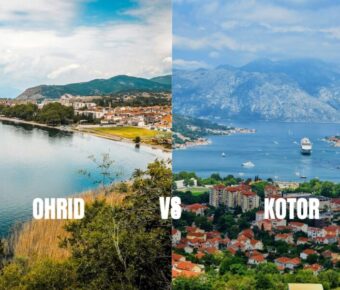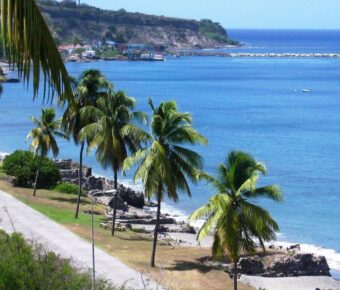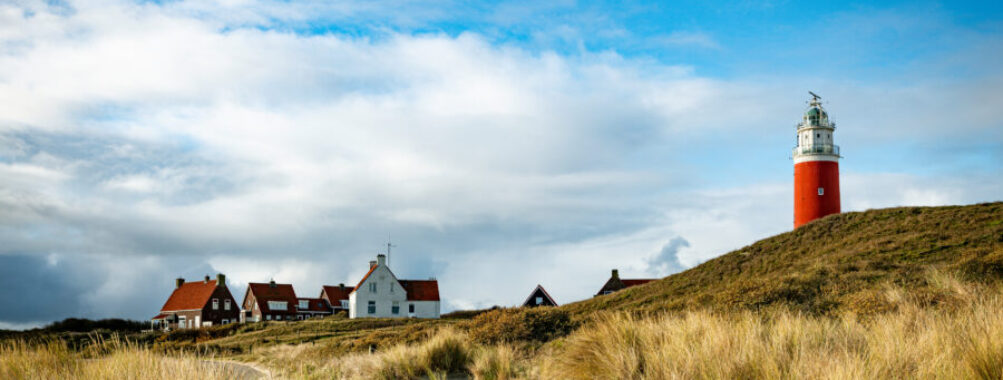
Best Time to Visit Texel Island: Seasons, Weather & Insider Tips
Ever found yourself dreaming of wide, sandy beaches, charming villages, and endless bike paths? Texel probably pops up on your radar.
But here’s the thing—timing really does matter more than you’d expect. The best time to visit Texel Island is late spring through early fall, from May to early October, when the weather’s mild, the days are long, and the island buzzes with life.
Summer sparkles with beachgoers, lively markets, and outdoor festivals. Spring and early autumn, though, give you quieter trails and that soft, golden light—perfect for cycling or wandering the dunes. I visited in July when the island felt electric and packed, but honestly, September, with its thinner crowds, showed me Texel at its absolute best.
Key Takeaways
- Late spring to early fall brings the best weather
- Each season changes the island’s vibe and activities
- Timing your trip can help you beat crowds and save money
Table of Contents
- Overview of Texel Island’s Climate and Seasons
- Typical Weather Patterns
- Seasonal Sunshine and Rainfall
- Temperature Ranges by Month
- Best Months to Visit Texel Island
- Late Spring: May to Early June
- Summer: July and August
- Early Autumn: September to Early October
- Seasonal Experiences and Activities
- Cycling and Hiking
- Wildlife Watching and Nature Reserves
- Beach Activities and Swimming
- Texel’s Villages and Local Events by Season
- Den Burg and De Koog in Summer
- Oudeschild and De Cocksdorp in Spring and Autumn
- Festivals and Cultural Highlights
- Practical Planning Tips for Your Trip
- Getting to Texel: TESO Ferry and Public Transport
- Accommodation Availability and Pricing
- What to Pack for Each Season
- Comparing Texel with Other Dutch Wadden Islands
- Texel vs. Vlieland and Terschelling
- Unique Features of Texel
- Insider Insights: Avoiding Crowds and Hidden Gems
- Off-Peak Travel Advantages
- Underrated Activities and Sights
- Frequently Asked Questions
- What are the peak seasons for wildlife spotting on Texel Island?
- Can you recommend the ideal months for enjoying the beaches of Texel?
- What are the local events or festivals unique to Texel Island that visitors should consider when planning their trip?
- How does the weather vary across different seasons on Texel Island and how should that influence travel plans?
- For those interested in birdwatching, when is the migration peak on Texel?
- Could you advise on the least crowded times to visit Texel for a more tranquil experience?
- Book Your Dream Experience
- More Travel Guides
Overview of Texel Island’s Climate and Seasons
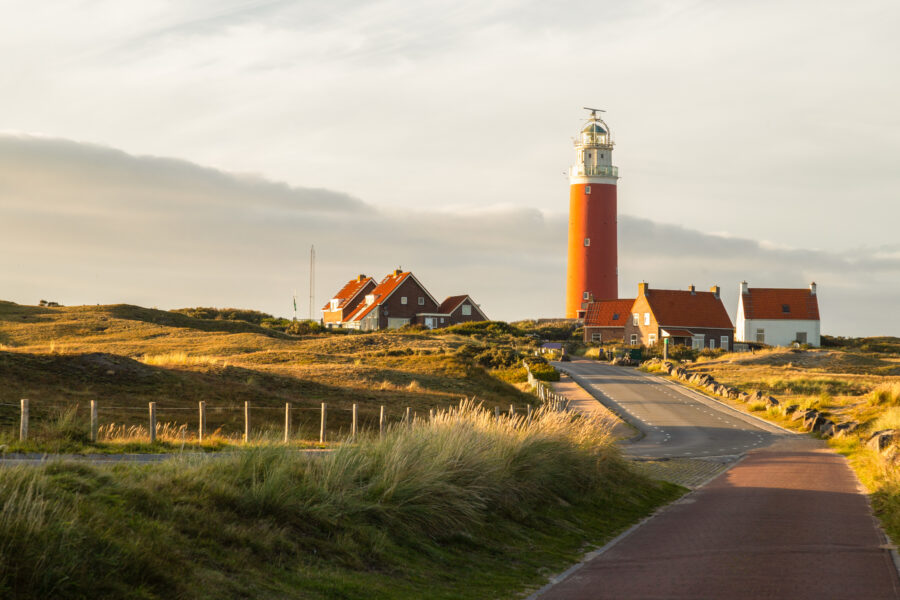
Texel stands as the largest of the Dutch Wadden Islands, floating just off the Netherlands’ coast in the North Sea. Its spot gives it a mild, breezy climate, shaped by the Wadden Sea and those ever-present coastal winds. The seasons here don’t swing wildly—they shift gently, almost like the tides.
Typical Weather Patterns
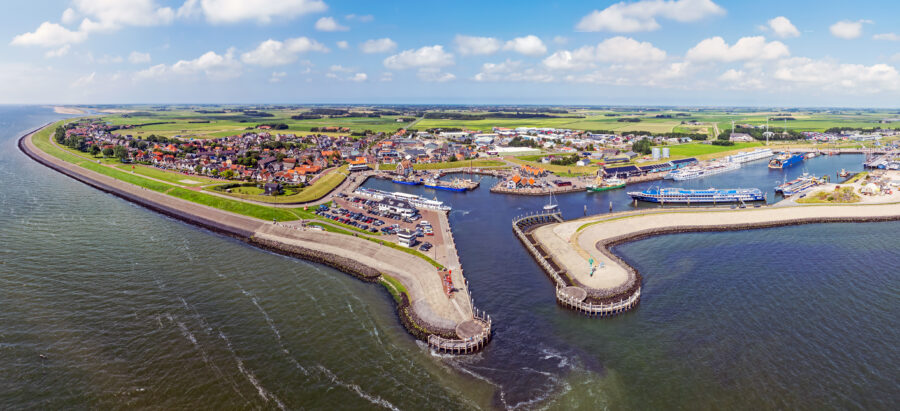
Texel’s climate falls into the temperate maritime category, so you won’t sweat through heatwaves or shiver in bitter cold. Winters stay cool, not harsh, and summers settle into a pleasant warmth that never really overwhelms.
The sea wraps around the island, so the weather can flip on a dime. One minute you’re biking under blue skies, the next you’re yanking a rain jacket out of your bag. Locals just roll with it—layers are a must.
Wind is almost a Texel signature. It keeps the air fresh, sweeps clouds away after a shower, and sometimes turns a simple bike ride into a real workout.
Seasonal Sunshine and Rainfall
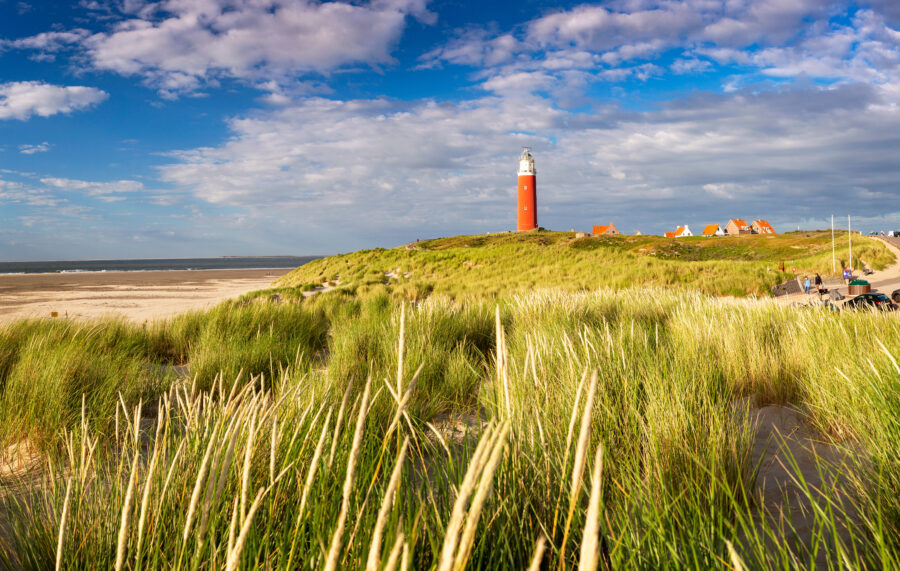
Sunshine peaks from May to August—these months are bright and long, perfect for cycling the dunes or strolling the UNESCO-listed Wadden Sea coast.
Rain spreads pretty evenly through the year, but April usually feels drier. Showers rarely stick around for long. Honestly, I love how Texel’s sky shifts—one moment dramatic clouds, the next, a burst of sunlight.
Winter brings more gray, but storms rarely keep you inside for long. I’ve braved December walks on the beach, bundled up in a scarf and gloves, and still loved every minute.
Temperature Ranges by Month
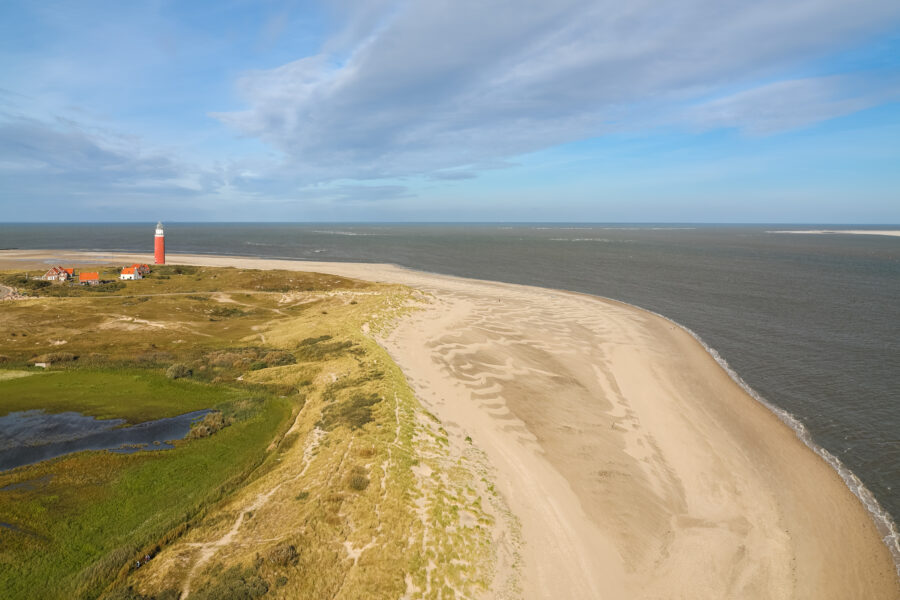
Thanks to the sea, Texel’s temperatures stay moderate. July and August hit highs around 20–21°C (68–70°F)—ideal for outdoor adventures. Nights stay mild, usually above 14°C (57°F).
Spring wakes up slowly; April hovers near 13°C (55°F), May edges toward 16°C (60°F). Autumn cools off gently—September’s still pleasant at 18°C (64°F), but by November, you’ll feel that drop to about 10°C (50°F).
Winter never gets too fierce. January averages around 6°C (43°F), and freezing temperatures are rare. Snow? Not really. Expect damp, breezy days and maybe a cozy café waiting for you after your walk.
Here’s a quick look at the average highs:
| Month | Avg High °C | Avg High °F |
|---|---|---|
| Jan | 6 | 43 |
| Apr | 13 | 55 |
| Jul | 21 | 70 |
| Sep | 18 | 64 |
| Dec | 7 | 45 |
Texel’s steady climate means you can visit year-round, but each season gives your trip a different flavor.
Best Months to Visit Texel Island
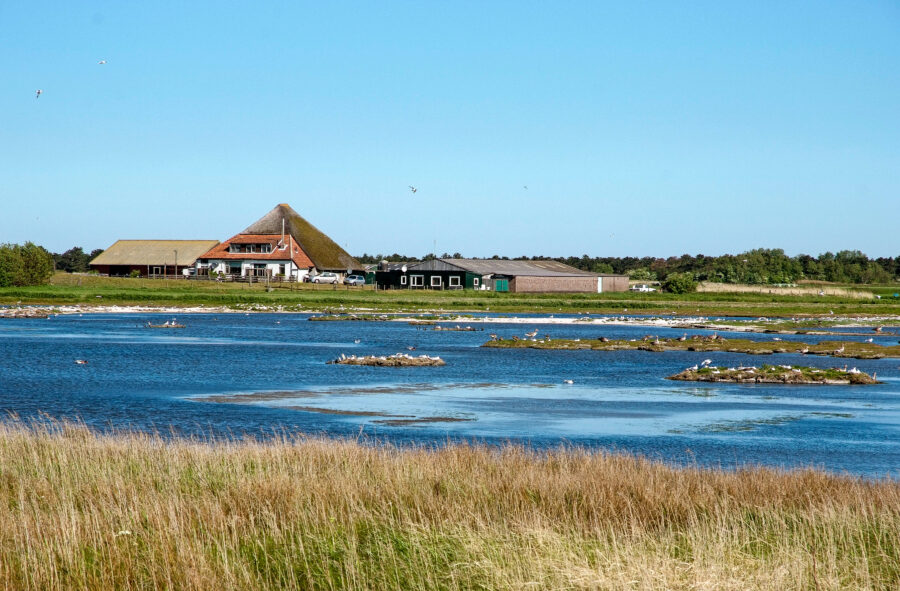
Thinking about a trip to Texel? When you go really shapes what you’ll get. Weather, crowds, and what’s happening on the island all matter—whether you crave peaceful walks, sunny beach days, or vibrant landscapes.
Late Spring: May to Early June
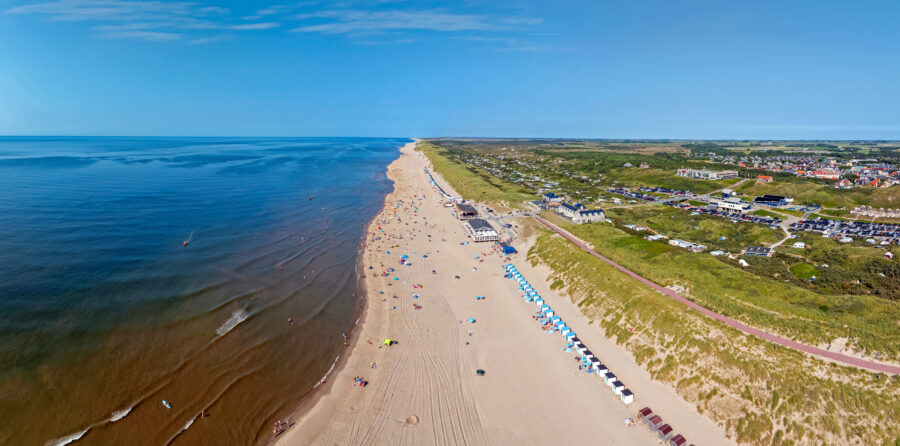
Late spring is honestly one of the best times to explore Texel. By May, things start to warm up—highs around 15°C, and those long evenings that just beg for a stroll. Tourists haven’t arrived in full force yet, so the cycling paths and beaches feel wide open.
Nature wakes up in a big way. Wildflowers and tulips bloom everywhere, turning your walks or rides into a moving postcard. May tends to be drier, so you’re likely to catch plenty of sunshine.
If you’re a bird lover, spring is your jackpot. Texel sits right on the migratory path, so you’ll spot all sorts of birds in the dunes and wetlands. Don’t forget binoculars—you’ll thank me.
Late May and early June hit that sweet spot: cafés spill onto the streets, but you’re not elbowing for space. For a lot of travelers, this is the prime time to visit Texel.
Summer: July and August
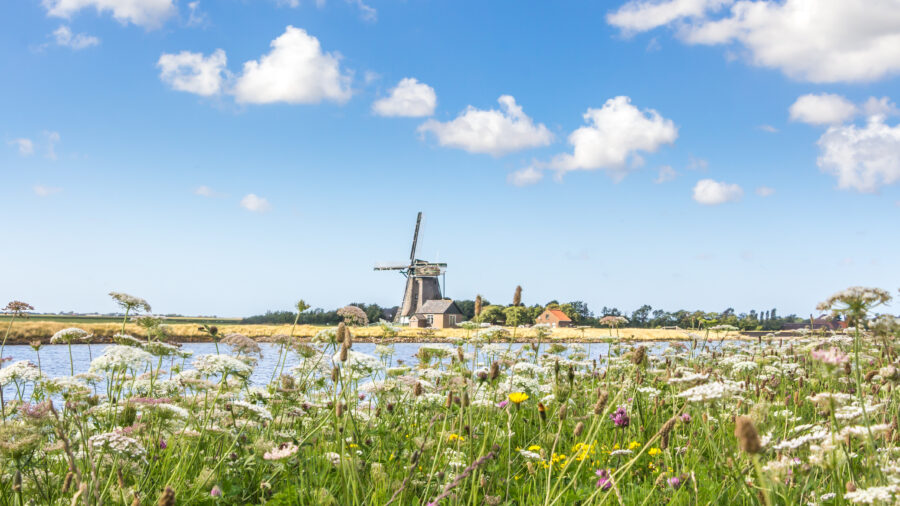
Texel really comes alive in July and August. Highs hover around 20–21°C, sometimes a bit more, which is just right for beach days. Swimming, sunbathing, windsurfing—it’s all in play. The sea breeze keeps things comfortable, even when the rest of the Netherlands sweats through a heatwave.
Villages throw festivals, beach bars stay open late, and families fill the island with energy. If you like a buzzing vibe, this is your season.
But, heads up—accommodation prices shoot up and you’ll need to book early. Crowds are just part of the deal in summer, especially near the most popular beaches. Still, if you’re cool with sharing the fun, summer’s when Texel feels most alive.
Early Autumn: September to Early October

Early autumn is my personal favorite. September stays mild—highs around 18°C—so you can walk or bike for hours. The sea holds onto summer’s warmth, so swimming isn’t out of the question (if you’re brave, anyway).
The landscape shifts into autumn colors, especially in the woods and dunes. It’s quieter, more peaceful, and you won’t have to wait for a table at cafés or restaurants.
Storm season starts to tease in October, but the big ones usually hold off. The wind picks up, giving Texel that wild, North Sea energy you just don’t find on the mainland. For many, September nails the balance—calm, scenic, and still warm enough to linger outside.
See Related: New Train Routes in Europe to Explore
Seasonal Experiences and Activities
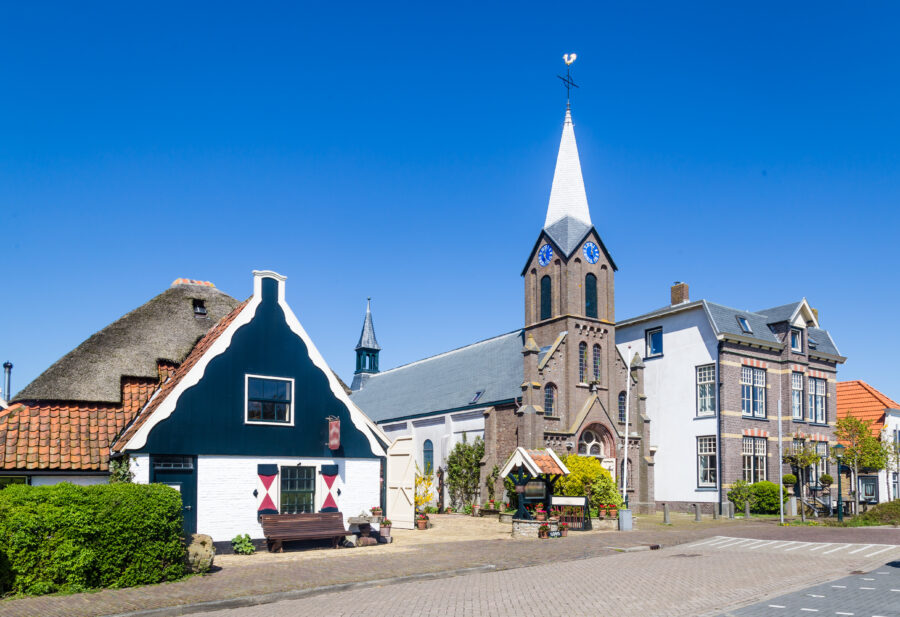
Texel is a playground for outdoor adventures, wildlife encounters, and lazy days by the sea. The mix of dunes, beaches, and villages almost begs you to explore—on foot, by bike, or just wandering wherever your curiosity leads.
Cycling and Hiking
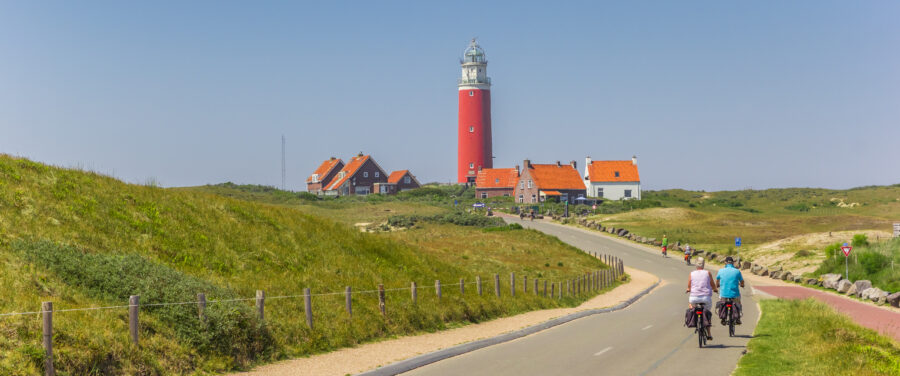
Cycling rules on Texel, no question. Over 140 km of bike paths crisscross the island, and they’re so well-marked you’d have to try to get lost. You’ll pedal through dunes, forests, and tiny villages that seem frozen in time.
Hiking slows the pace down even more. Trails in De Duinen van Texel National Park wind through dunes, heathlands, and wetlands. I love walking in De Slufter, where the sea flows right into the salt marsh. The views change with the tide, and you might spot some rare plants if you’re lucky.
If you want to dig deeper, guided outdoor tours from places like GetYourGuide can show you the local side you might miss otherwise.
Wildlife Watching and Nature Reserves
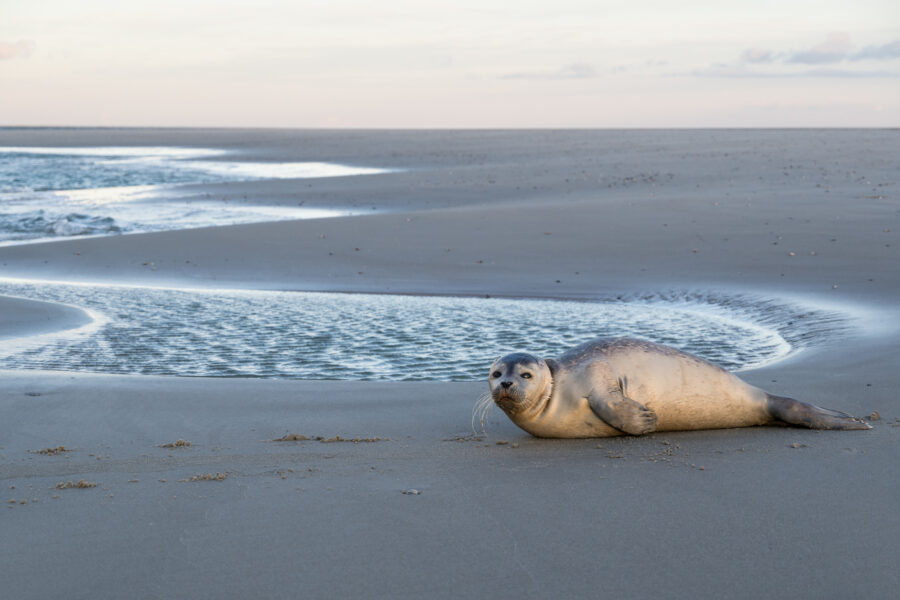
Birdwatchers, rejoice—Texel is a hotspot. Migratory birds pour through in spring and autumn, and honestly, you don’t need to be an expert to appreciate it. Even a casual stroll in the marshes can surprise you with geese, spoonbills, or maybe an owl at dusk.
Seals? Oh, they’re here too. You can spot them lounging on sandbanks offshore or, if you’re lucky, swimming close to the beach. Ecomare rescue center draws a crowd, but nothing beats seeing them in the wild.
Nature reserves like De Slufter and the dunes protect the island’s wildlife. Bring binoculars if you can—it’s worth it. And that sea breeze? It can chill you even in July, so don’t forget an extra layer.
Beach Activities and Swimming
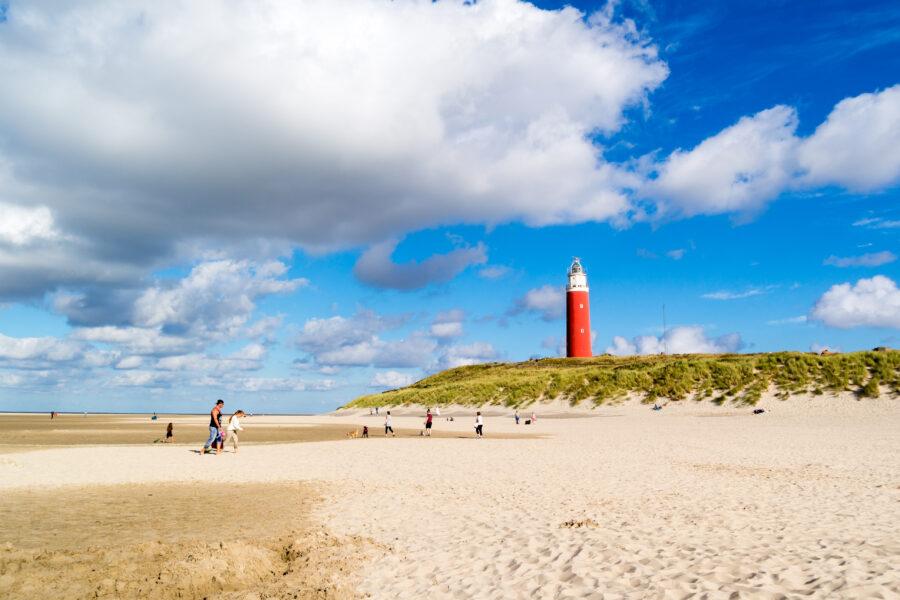
With 30 km of sandy beaches, Texel gives you all the space you could want. Summer brings swimmers, but the North Sea stays brisk—refreshing, let’s call it. The wide beaches are perfect for long walks or just sinking your toes in the sand.
Families flock to the shallow spots near De Koog, where the water stays gentle. If you’re craving action, you’ll find surfing, kiteboarding, and even beach sailing. I once tried kite buggying—imagine racing a little cart across the sand, powered by a kite. It’s wild, and honestly, trickier than it looks.
Outside of summer, the beaches turn quiet and almost meditative. Winter winds can whip up, but that’s part of Texel’s magic.
You might have the dunes and horizon to yourself, with nothing but waves and seabirds for company. If you’re after organized fun, Viator lists a bunch of beach and water activities you can book ahead.
Texel’s Villages and Local Events by Season
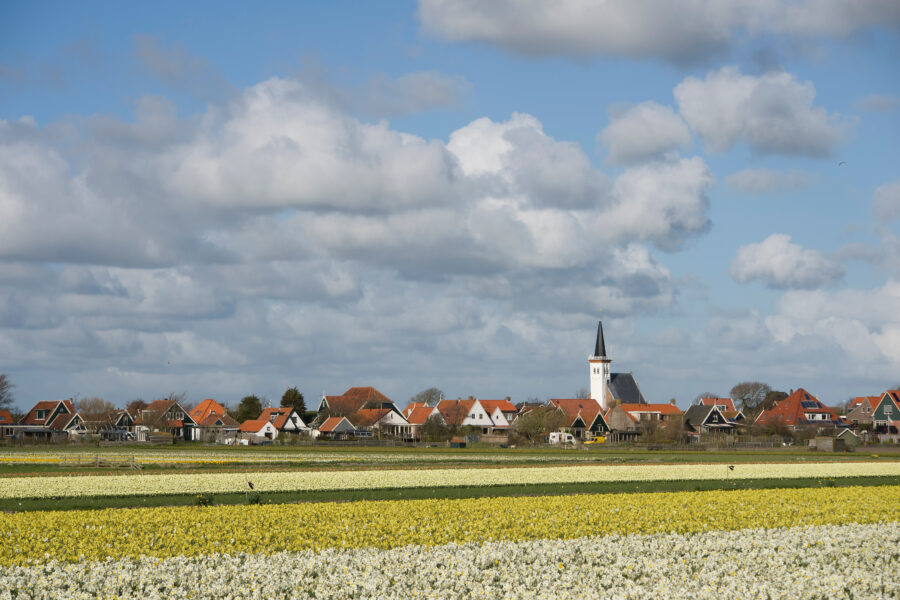
Every corner of Texel moves to its own rhythm, shaped by the season and the locals. The villages aren’t just pretty—they come alive with events, markets, and gatherings that give you a real taste of island life.
Den Burg and De Koog in Summer
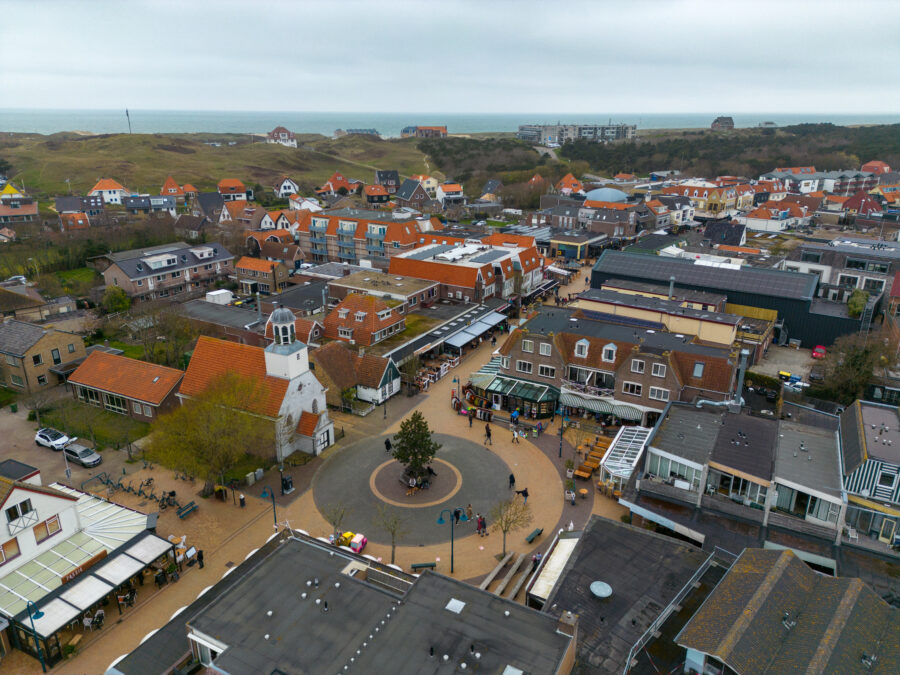
Den Burg, the island’s biggest village, transforms into Texel’s beating heart in summer. Narrow streets fill with shops, cozy cafés, and weekly markets—perfect for sampling local cheese or picking up a wool sweater. If you need a break from the beach but still want to stay in the action, this is your spot.
De Koog, meanwhile, is all about the beach. July and August fill the streets with cyclists, families, and day-trippers heading for the dunes. The stretch at Paal 17 is a favorite, with beach clubs serving fresh seafood and cold drinks.
Evenings in De Koog get lively—music spills out, terraces fill up, and there’s a buzz in the air. I still remember sitting outside with a plate of mussels, watching kids dart barefoot across the square as the sun melted behind the dunes. That’s Texel summer at its best.
Oudeschild and De Cocksdorp in Spring and Autumn
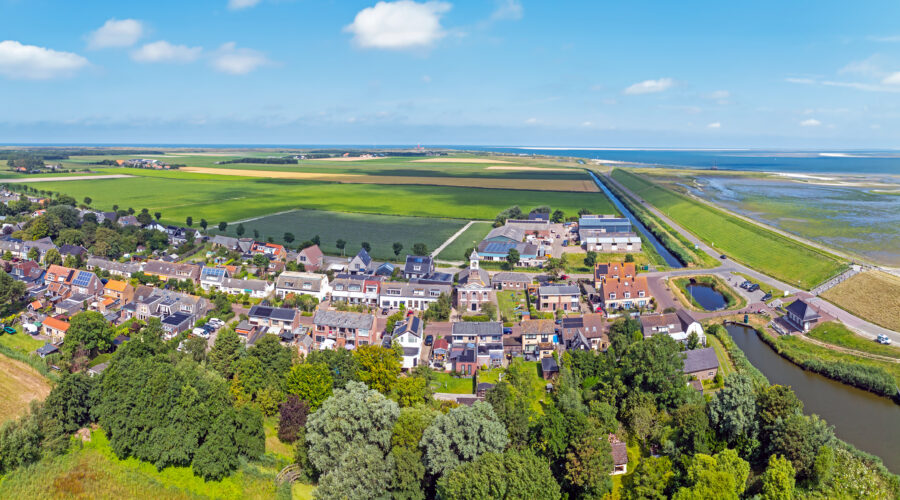
Oudeschild, this lively fishing village, really comes alive in spring. The harbor buzzes with fishing boats, and if you’re in the mood, you can hop on a quick cruise to spot seals lounging on the sandbanks.
The Maritime and Beachcomber’s Museum is honestly worth a peek if you’re even a little curious about Texel’s seafaring past. Come autumn, De Cocksdorp slows down and feels a bit more introspective. The northern tip of Texel is where you’ll find the Eierland Lighthouse (locals just call it the Texel Lighthouse).
Climbing up to the top? You’ll get this wild, sweeping view across the Wadden Sea and the North Sea. During bird migration season, the place is a magnet for birdwatchers—you’ll spot folks with binoculars all along the dikes.
Nearby, Den Hoorn and Hoorn keep things cozy once the summer rush is gone. You’ll stumble on tiny art galleries, maybe catch a local concert, and wander along paths that wind through meadows dotted with sheep and geese.
Festivals and Cultural Highlights
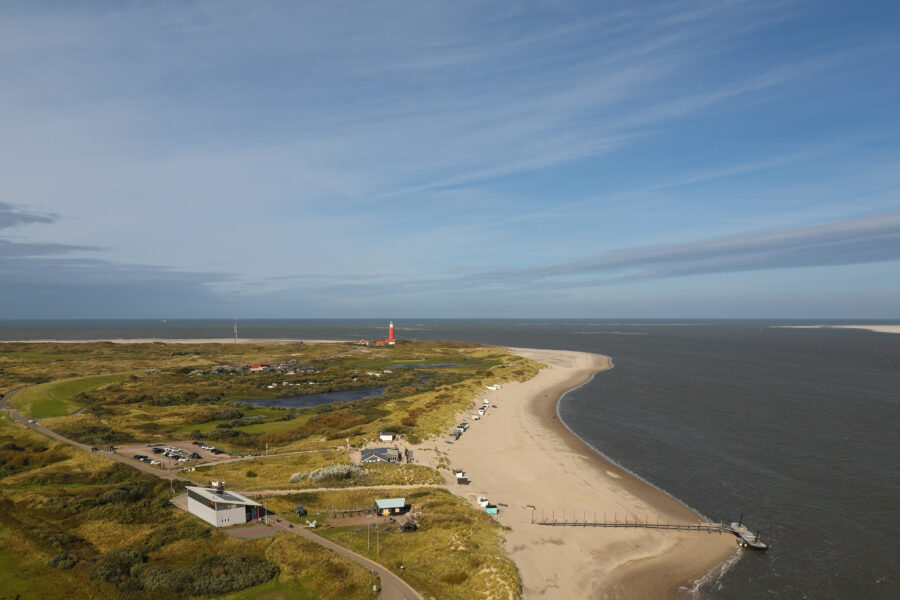
Texel isn’t just about pretty scenery—it’s got a calendar packed with events that actually bring people together. In spring, the Lammetjeswandeling is a must: you walk through fields sprinkled with newborn lambs. It’s every bit as adorable as it sounds.
September rolls in with Texel Culinair in De Koog, a food festival where local restaurants turn the main street into a tasting wonderland. You get to try everything from lamb stew to super-fresh seafood, all in bite-sized portions. Seriously, don’t eat before you go.
All year, especially in Den Burg, you’ll find smaller events—think theater, open-air concerts, art shows. These are the moments where you actually meet locals and feel like more than just another tourist. Want more info? The island’s official page on Texel’s year-round highlights has you covered.
See Related: Hidden Boutique Hotels in Europe That Redefine Luxury
Practical Planning Tips for Your Trip
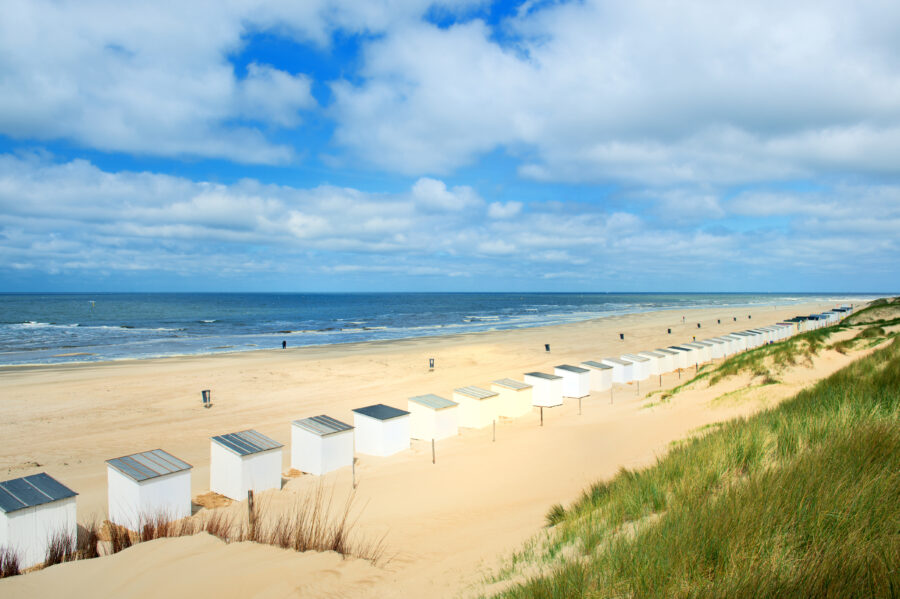
Getting to Texel is pretty straightforward, but a little planning makes it a lot smoother. Think about your route, where you’ll sleep, and what you’ll need for the weather. Those basics make all the difference.
Getting to Texel: TESO Ferry and Public Transport
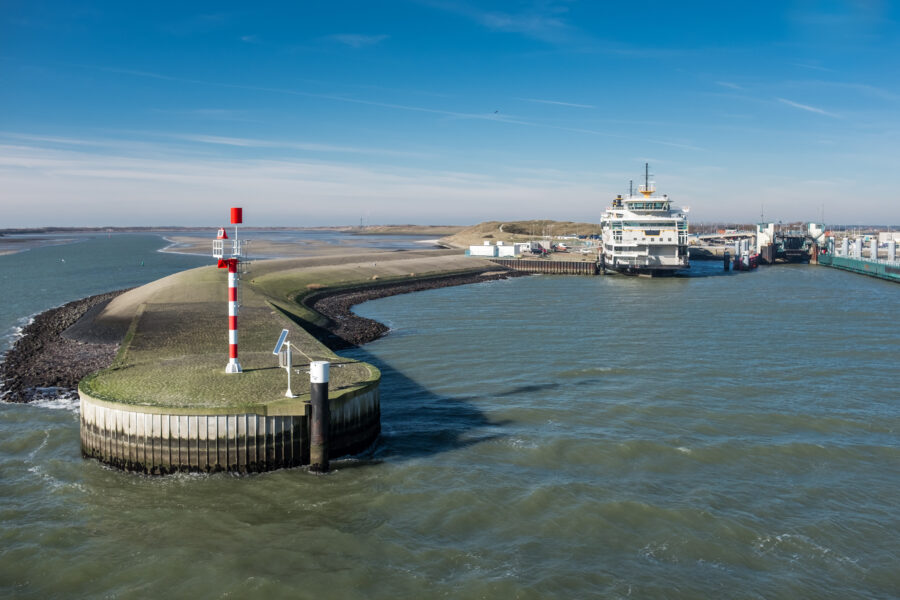
You’ll board the TESO ferry from Den Helder if you’re bringing a car. The ride’s quick—just about 20 minutes—and ferries run regularly, so you’re not stuck waiting long.
Drivers line up with cars, bikes, and even camper vans. If you’re skipping the car, take the train to Den Helder station, then hop on a short bus to the ferry terminal. Once you’re on Texel, buses and shuttles connect the villages, but honestly? Biking is the way to go. The island is flat, compact, and cyclists rule the road.
I’ve done both—driving and cycling. Cruising past dunes and sheep fields on a bike feels like freedom, but don’t underestimate the wind. Pace yourself, or you’ll regret it by lunchtime.
Accommodation Availability and Pricing
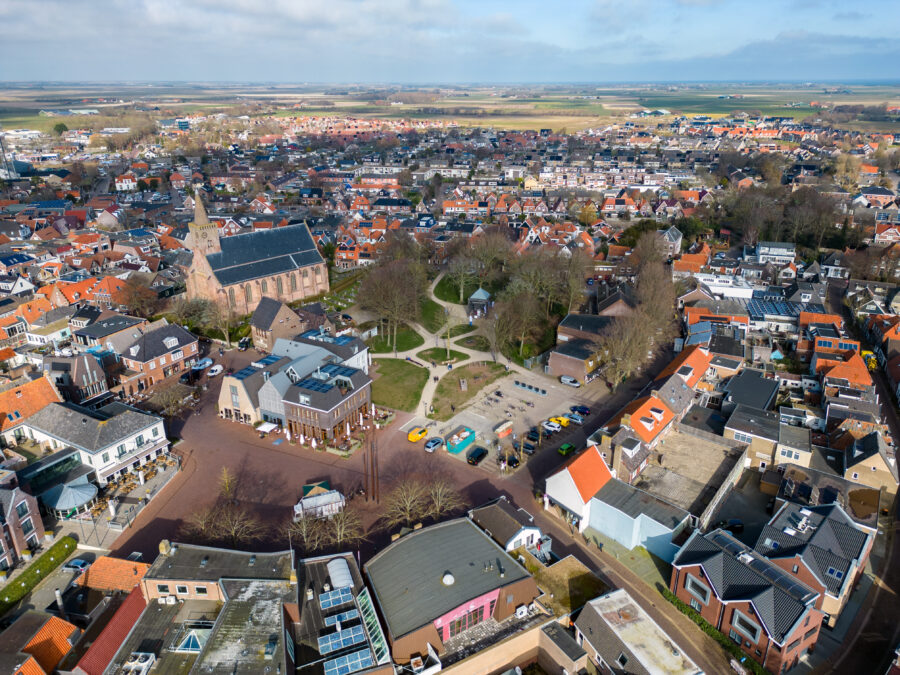
Texel isn’t massive, so places to stay can book up fast—especially in July and August. You’ll find everything from cozy guesthouses to beachfront hotels and plenty of campsites. If you like to plan, you can easily check accommodation options all over the island.
Prices jump in summer, especially on weekends. Spring and autumn are friendlier on your wallet, and winter? Well, it’s the quietest, and sometimes you’ll land a bargain if you don’t mind the chill.
Traveling with a group or kids? Check out holiday cottages. They’re everywhere on Texel and often cheaper than booking a bunch of hotel rooms. I once stayed in a little bungalow near De Koog—it felt like our own secret base by the dunes.
What to Pack for Each Season
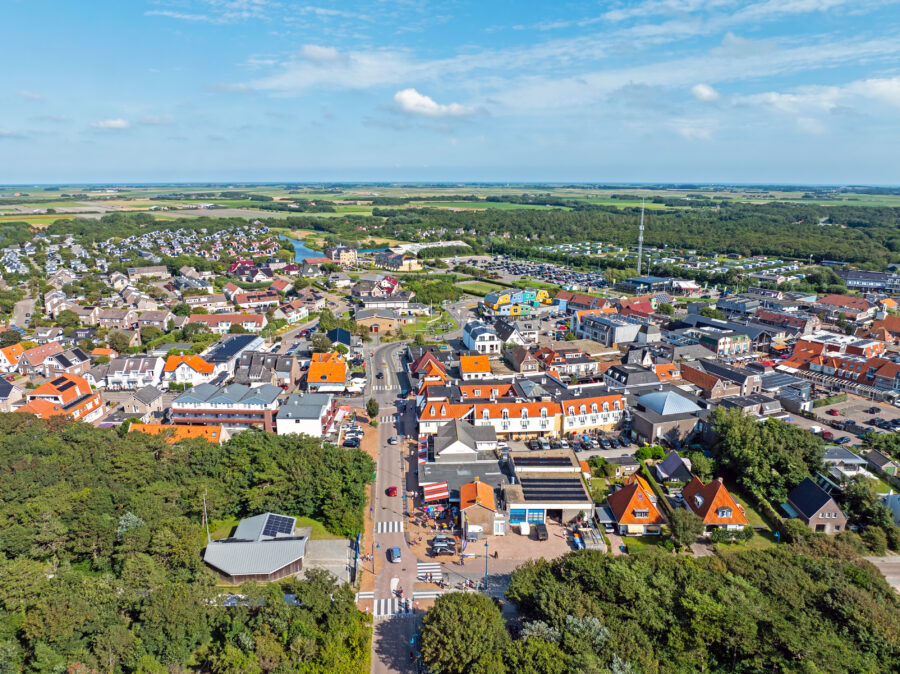
Texel’s weather is a bit of a wildcard, so pack with layers in mind. In summer, you’ll want light clothes, sandals, and definitely sunscreen—the sea breeze can trick you into forgetting how strong the sun really is. And a hat, especially if you’re cycling a lot.
Spring and autumn can be unpredictable. Bring a light jacket, a sweater, and something rainproof. I’ve been caught in sudden showers more than once, and a compact raincoat has saved my day.
Winter? You’ll need a warm coat, gloves, and sturdy shoes for those bracing beach walks. The island feels extra peaceful then, but the wind off the sea is absolutely biting. If you’re stuck, browsing some practical travel gear online can help you cover the basics.
One last thing: comfortable shoes are non-negotiable. You’ll wander through dunes, villages, and maybe even muddy sheep fields—flip-flops just aren’t going to cut it.
Comparing Texel with Other Dutch Wadden Islands
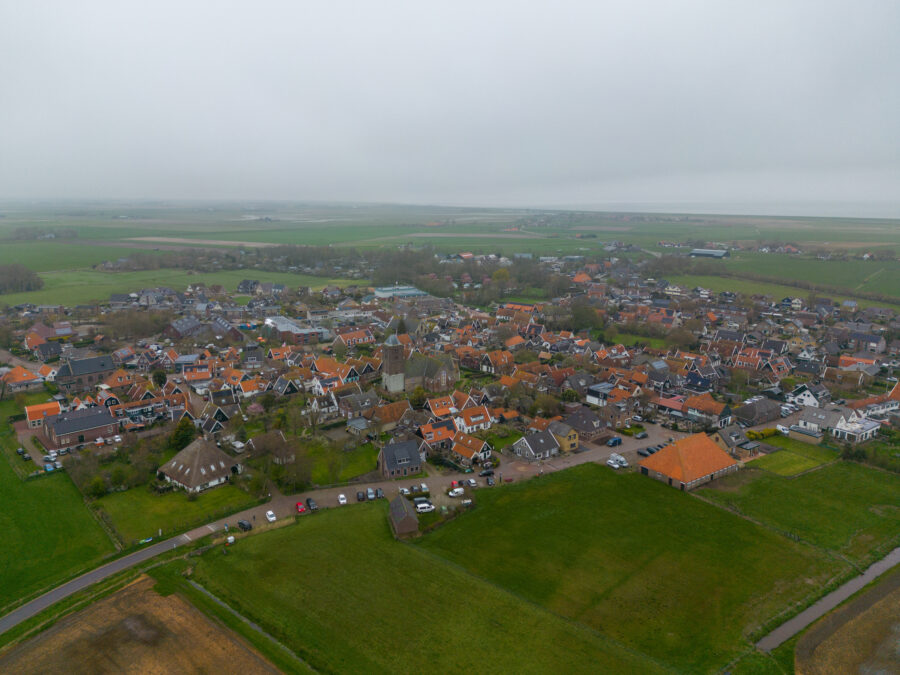
Texel stands out because of its size, easy access, and the sheer variety of things to do. Each Dutch Wadden Island has its own vibe, though. Some are super quiet and remote, others have a bit more buzz, especially with younger crowds.
Texel vs. Vlieland and Terschelling
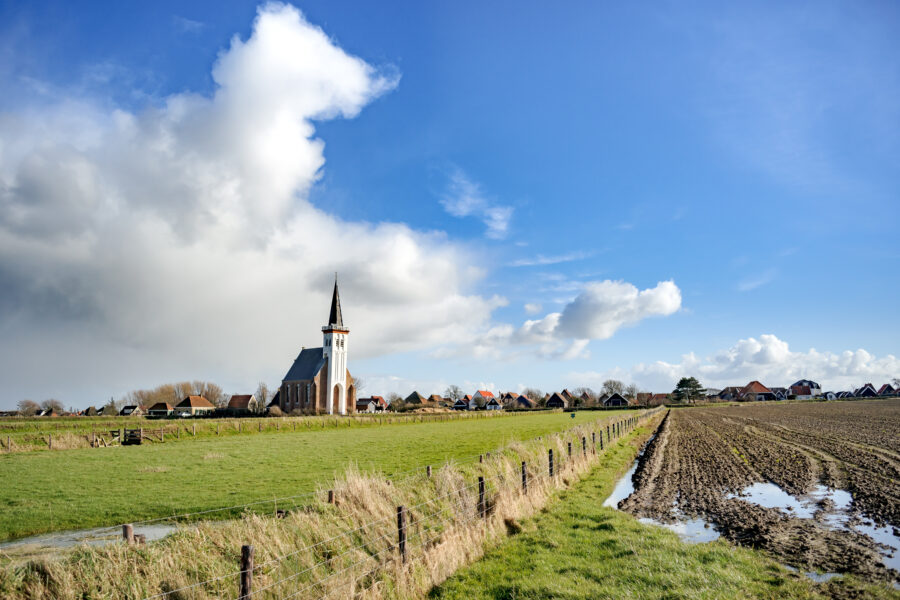
If you’re tight on time, Texel is the easiest island to get to. The ferry from Den Helder is just 20 minutes, while getting to Vlieland or Terschelling takes longer and involves more connections. That alone makes Texel perfect for a quick escape.
Vlieland? No cars allowed. You’ll notice the calm right away—just bikes and soft sandy trails. It’s tiny, peaceful, and if you want to seriously unplug, it’s the place. I spent a weekend there once and barely saw anyone outside the main village. It felt like a different world.
Terschelling brings a different energy. It’s bigger than Vlieland and draws a younger crowd, especially in summer when festivals and beach parties pop up everywhere.
If you want nightlife with your nature, Terschelling is your spot. But for families or anyone craving a slower pace, Texel usually feels more family-friendly—just ask around on Tripadvisor.
Ameland sits further east and doesn’t get as many international visitors, but it’s closer to Germany, so it’s handy if you’re coming from there. The beaches are wide like Texel’s, but you’ll find fewer crowds.
Unique Features of Texel
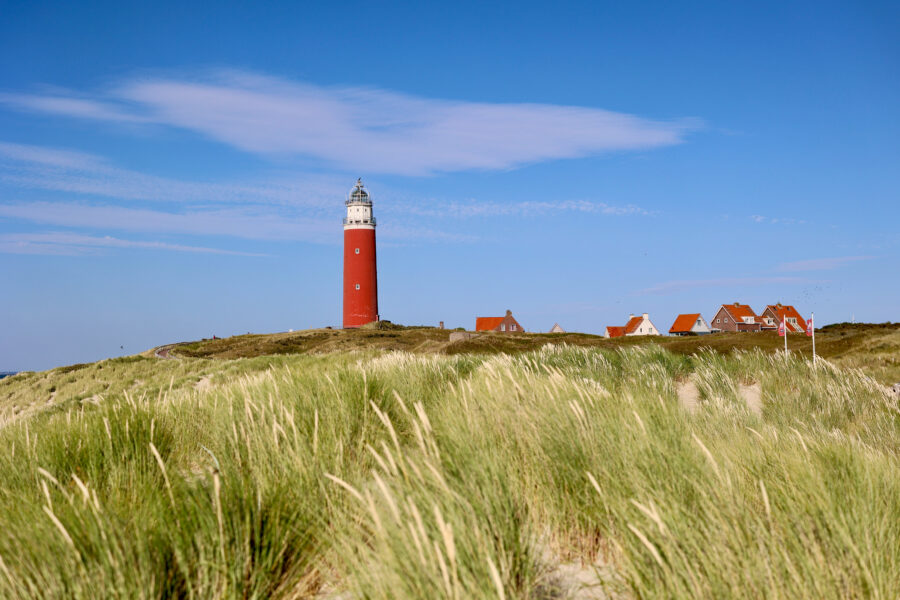
Texel is the biggest of the Wadden Islands, so you get a lot of variety without ever needing to jump ferries. Dunes, forests, sheep fields, endless beaches—it’s all here. The whole dune region is protected as De Duinen van Texel National Park, so nature is never far away.
Getting around is a breeze. More than 140 km of cycling paths crisscross the island, so you can just hop on a bike and go from village to village without worrying about cars. I once rented a bike in Den Burg and just kept pedaling until I reached the lighthouse—it’s the kind of ride that makes you forget about time.
Events give Texel its own flavor, too. From food festivals and sheep-shearing days to birdwatching weekends, there’s always something happening. Unlike Vlieland or Ameland, where it’s all about quiet nature, Texel mixes outdoor fun with local culture.
And honestly, Texel’s easy access is a game-changer. You don’t lose half a day just getting there, which happens with the more remote islands. That convenience, plus the variety, keeps folks coming back.
Insider Insights: Avoiding Crowds and Hidden Gems
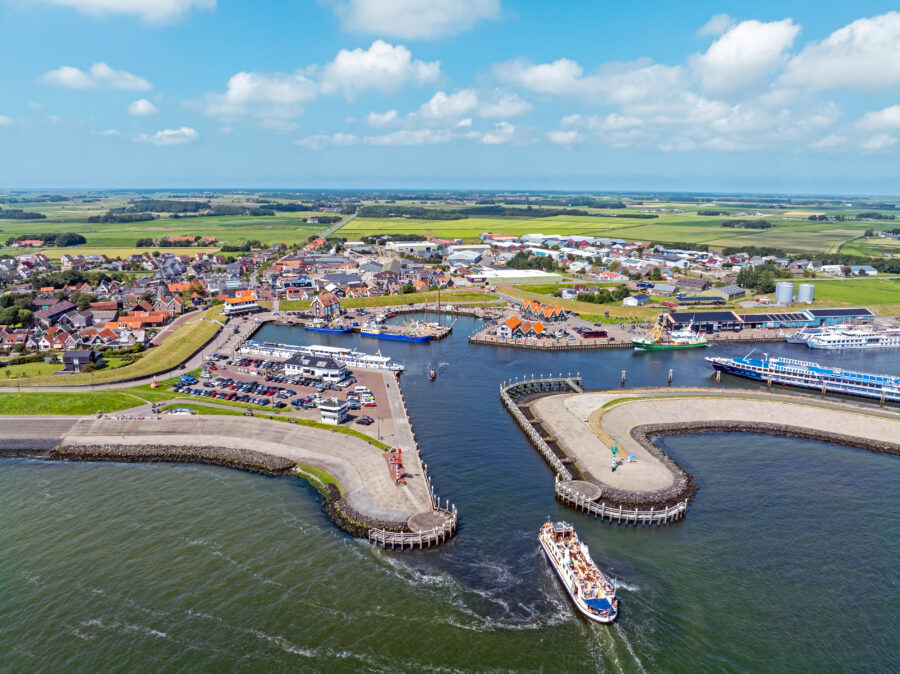
Texel feels different depending on when you visit and how you explore. The island hides plenty of quiet corners and lesser-known spots if you’re willing to wander off the main paths.
Off-Peak Travel Advantages
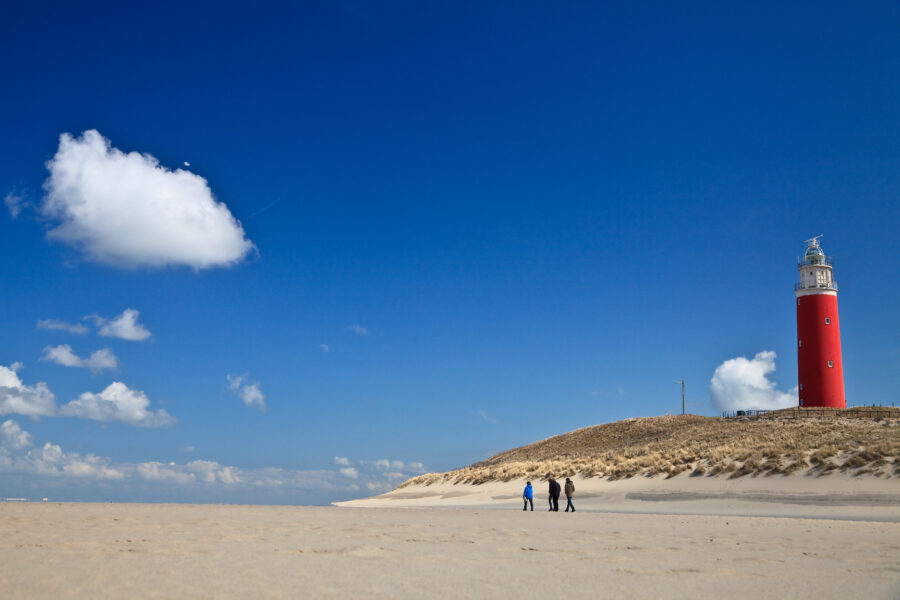
Visit in spring or autumn, and you’ll notice a calmer vibe right away. Ferries and bike trails aren’t packed, and you can actually hear the waves without that summer buzz. The weather is just right for long walks or cycling through the polders without breaking a sweat.
Seafood restaurants are way more relaxed outside the busy months. You’re more likely to snag a table at a great spot without booking ages in advance. I remember slurping mussels in Oudeschild one October—just a handful of locals and hikers around, and it felt like I’d stumbled into the real Texel.
Prices drop, too. Hotels and B&Bs often lower their rates, and you won’t need to stress about luggage storage if you’re only there for a weekend. Even popular places like Ecomare (where you can see rescued seals) feel more personal when the crowds thin out.
Underrated Activities and Sights
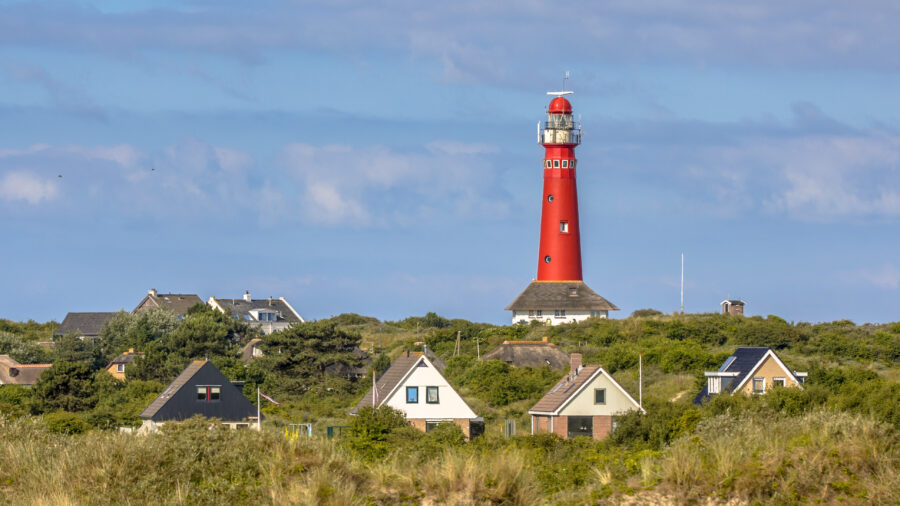
Most folks stick to the beach, but Texel has some quirky corners if you poke around. The Shipwreck and Beachcombing Museum is a fun stop—full of weird treasures washed up by the sea, from old bottles to boat parts. It’s hands-on, and kids seem to go nuts for it.
History lovers will get a kick out of the Georgian Uprising memorials and WWII bunkers tucked around the island. They’re easy to miss if you’re not looking, but they tell stories you don’t get from glossy brochures.
If you’re into nature, spring birdwatching is a treat. The wetlands and polders fill with migratory birds, and you don’t need fancy gear to spot them. More into food? Book a fishing trip—local crews will take you out, and you can taste the day’s catch right on the boat.
Honestly, some of my best Texel days have been spent just biking to the smaller villages like Den Hoorn. Hardly any tourists, old churches, quiet streets—suddenly, Amsterdam feels a million miles away.
See Related: Exploring Germany in 7 Days: An Itinerary of Castles, Culture, and Cuisine
Frequently Asked Questions
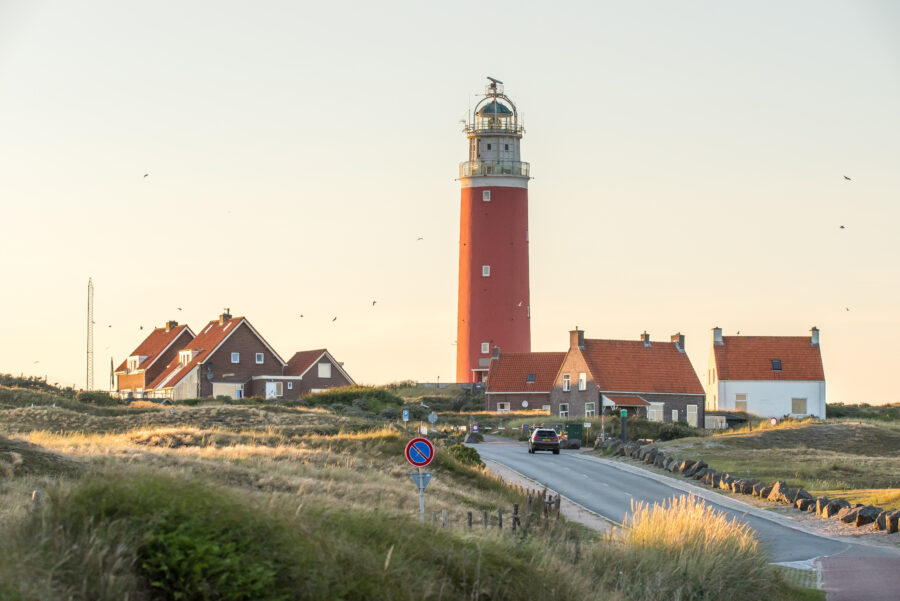
Texel moves to its own rhythm through the seasons. Wildlife, weather, and local traditions all play into when you might want to plan your trip. Sometimes, just picking the right timing can turn a regular getaway into something unforgettable.
What are the peak seasons for wildlife spotting on Texel Island?
If you’re looking for seals, you’ll spot them any time of year, but late spring and summer are best for seeing pups on the sandbanks. I’ve walked the mudflats in June and seen dozens just basking in the sun—absolutely unforgettable.
Spring is lambing season for land animals, so the meadows burst with life. Early mornings, you’ll even spot hares darting through the fields.
Can you recommend the ideal months for enjoying the beaches of Texel?
Texel’s beaches are at their best in June, July, and August, with temperatures around 20–25 °C—warm enough to swim, never too hot. VVV Texel says these are the top months for beach lovers.
Personally, I think September is underrated—still warm, way fewer people, and the sea is surprisingly pleasant.
What are the local events or festivals unique to Texel Island that visitors should consider when planning their trip?
Texel’s festival scene is a fun mix. The Lambs Hike in spring is a highlight—walking through fields full of tiny lambs is a joy. In summer, music festivals and food fairs pop up, with plenty of local cheese and lamb dishes to try.
One of the quirkiest traditions is the Skylight Festival in Oudeschild. Fishing boats light up, the harbor buzzes, and it all feels a bit like stepping into a postcard.
How does the weather vary across different seasons on Texel Island and how should that influence travel plans?
Summer on Texel? It’s mild, sunny, and the days seem to stretch on forever. You’ll want to hop on a bike or hit the beach—honestly, it’s kind of perfect for both.
When autumn rolls around, the rain picks up, and storm season hits, especially in October and November. You might find yourself ducking into a cozy café while the wind howls outside.
Winter gets chilly, but it’s rarely biting cold. Sometimes you’ll catch a dusting of snow in January or February, though it usually melts fast.
Spring feels unpredictable—one day you’ll need a jacket, the next you’ll be peeling off layers. But wow, this is when Texel really wakes up: wildflowers everywhere, lambs bouncing around the fields.
Texel’s climate, by the way, stays milder than the mainland. It never feels too extreme, which is honestly a relief. Texel’s climate.
For those interested in birdwatching, when is the migration peak on Texel?
Texel sits right on some of Europe’s biggest migration routes, making it a magnet for birdwatchers. Spring and autumn steal the show here.
In April and May, waders and songbirds arrive in droves—honestly, it’s unreal how many you’ll spot. September and October? That’s when geese and raptors take over the skies.
I remember visiting one October, just standing there as barnacle geese filled the sky like a living, swirling cloud. Bring binoculars; trust me, you’ll be kicking yourself if you forget them.
Could you advise on the least crowded times to visit Texel for a more tranquil experience?
If you’re chasing peace, try heading to Texel in March, April, or late autumn. You’ll find the island almost deserted—empty beaches, wide open dunes, and a real sense of space.
Winter? It’s got its own magic. Think cozy cafés, wild winds on the shoreline, and sometimes you won’t see another person for ages.
I checked out VVV Texel, and honestly, every season has something special. Still, there’s just something about the off-season that lets you really soak up the calm.
